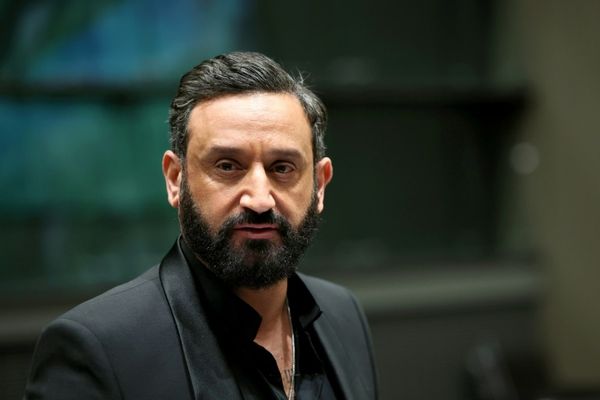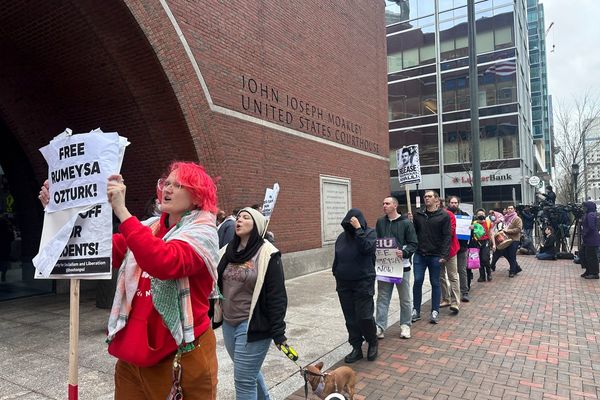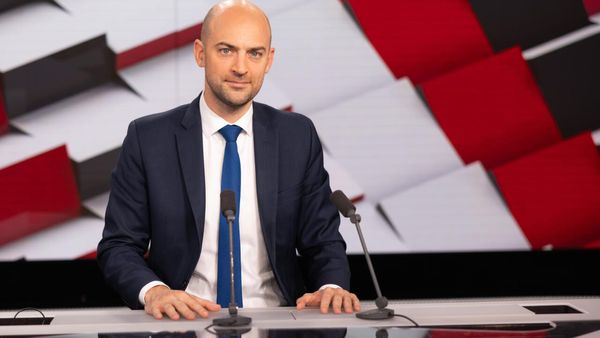Two weeks after winning the Liberal Party’s leadership election and succeeding Justin Trudeau as Canada’s prime minister, Mark Carney has declared a snap election.
Carney, 60, a former governor of the Bank of Canada and the Bank of England, is a relative outsider to national politics, having never before been elected to public office. Nevertheless, he still trounced Trudeau’s former finance minister, Chrystia Freeland, by picking up 85.9 percent of their party’s vote in the leadership election.
His victory has been interpreted as a clear indication that Liberals preferred a clean break with the Trudeau administration and were persuaded that Carney’s standing as an experienced economist made him the right person to take on President Donald Trump at a time when the Republican poses an existential threat, imposing damaging tariffs on Canada’s steel, aluminum and other exports while hinting darkly about annexation.
Carney wasted no time in rebuking his volatile American counterpart in his acceptance speech, accusing him of seeking to “destroy the Canadian way of life,” characterising the trade war as “the greatest crisis of our lifetime” and warning him: “Canadians are always ready when someone else drops the gloves. Make no mistake, Canada will win.”
The new PM was also quick to call a federal election, which he had until October 20 to do, to secure the support of the wider electorate, setting up a clash with opposition leader, Pierre Poilievre.
Here’s everything you need to know ahead of Election Day.
Why has Mark Carney called an election?
“We are facing the most significant crisis of our lifetimes because of President Trump’s unjustified trade actions and his threats to our sovereignty,” the PM said on Sunday, 23 March, announcing his decision.
“There is so much more to do to secure Canada. To invest in Canada, to build Canada, to unite Canada. That’s why I’m asking for a strong positive mandate from my fellow Canadians.”
Carney clearly believes he can win that mandate, given the extraordinary about-turn in his party’s fortunes in recent months. The previously under-fire Liberals have enjoyed a sudden resurgence in popularity in response to the blustering Trump’s return to the Oval Office.
Canadians have reacted angrily to the president’s talk of incorporating their country as a 51st state and rallied behind the party of government, which they previously held responsible for the inflated cost of living. This phenomenon has simultaneously forced Poilievre’s Conservatives to hurriedly rethink their distinctly MAGA-adjacent messaging.
The public’s fury resulted in a supercharged sense of patriotism among many Canadians, with some businesses boycotting American goods and cafes renaming Americano coffees in protest at their treatment.
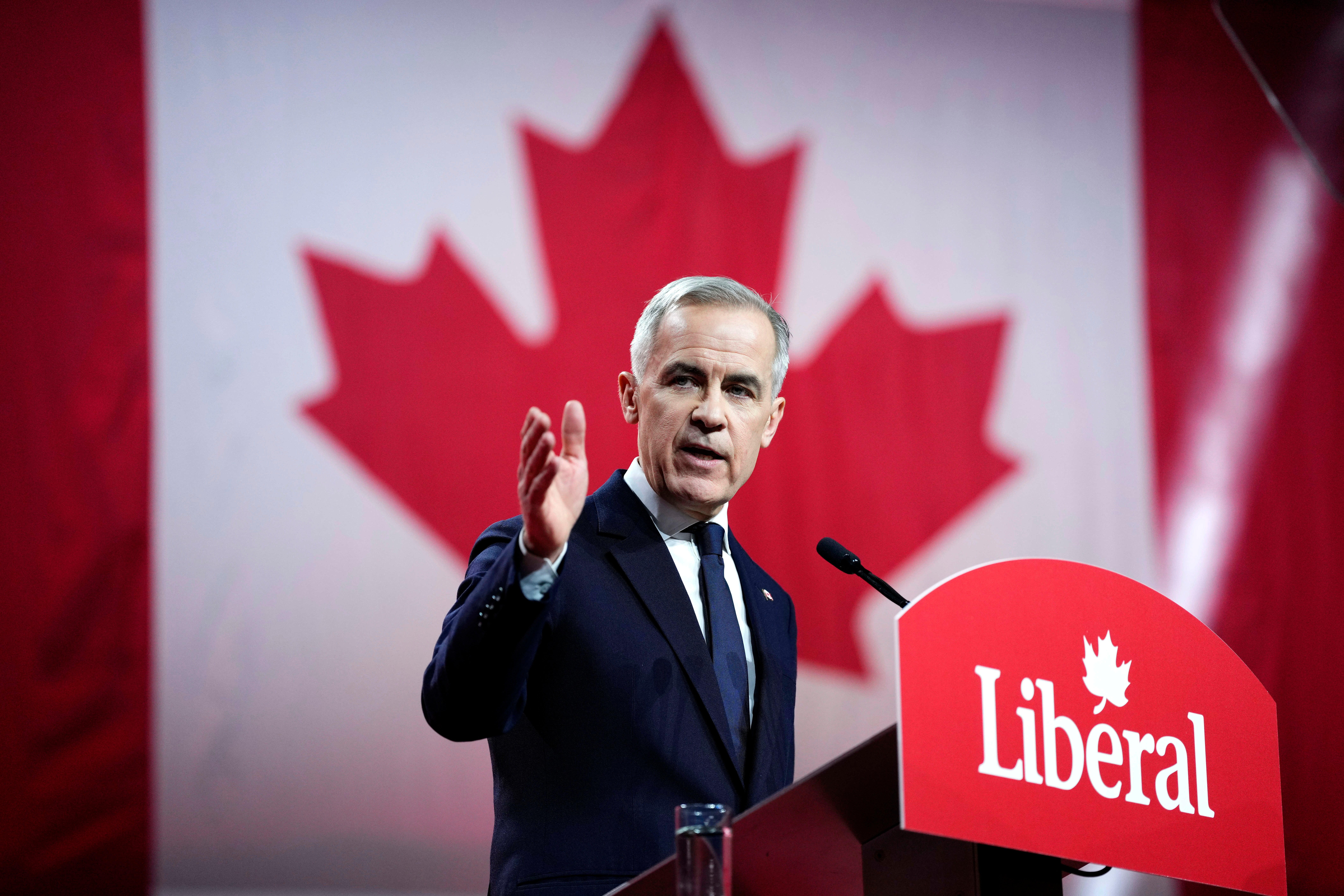
When will Canadians go to the polls?
Carney firing the starting pistol on March 23 gave the candidates just 37 days, or a little over five weeks, to get campaigning before voters cast their ballots on April 28, an incredibly short time compared to the marathon presidential election held every four years across the border.
There will be 343 seats in Canada’s House of Commons up for grabs across the country’s 13 provinces and territories, from British Columbia to Newfoundland.
Who are the candidates?
While the election for Canada’s 45th Parliament is widely expected to be a two-horse race between Carney’s Liberals and Poilievre’s Conservatives, Jagmeet Singh’s left-leaning New Democrats, Yves-Francois Blanchet’s Bloc Québécois, Elizabeth May and Jonathan Pedneault’s Green Party and Maxime Pernier’s right-wing People’s Party of Canada will also be fielding candidates.
Although Carney has little experience of political campaigning, the ex-Goldman Sachs banker is a familiar face on the world stage because of his stints leading the central banks of Canada (2008-13) and England (2013-20), tenures that saw him forced to steer those institutions through the choppy waters of the global financial crisis and Brexit, respectively.
Poilievre, 45, by contrast, is a seasoned campaigner first elected as an MP in 2004 and has fought many campaigns since. He is well known to Canadians as a populist firebrand with a line in Trumpian attacks on the mainstream media, which he has frequently accused of bias and threatened to defund.
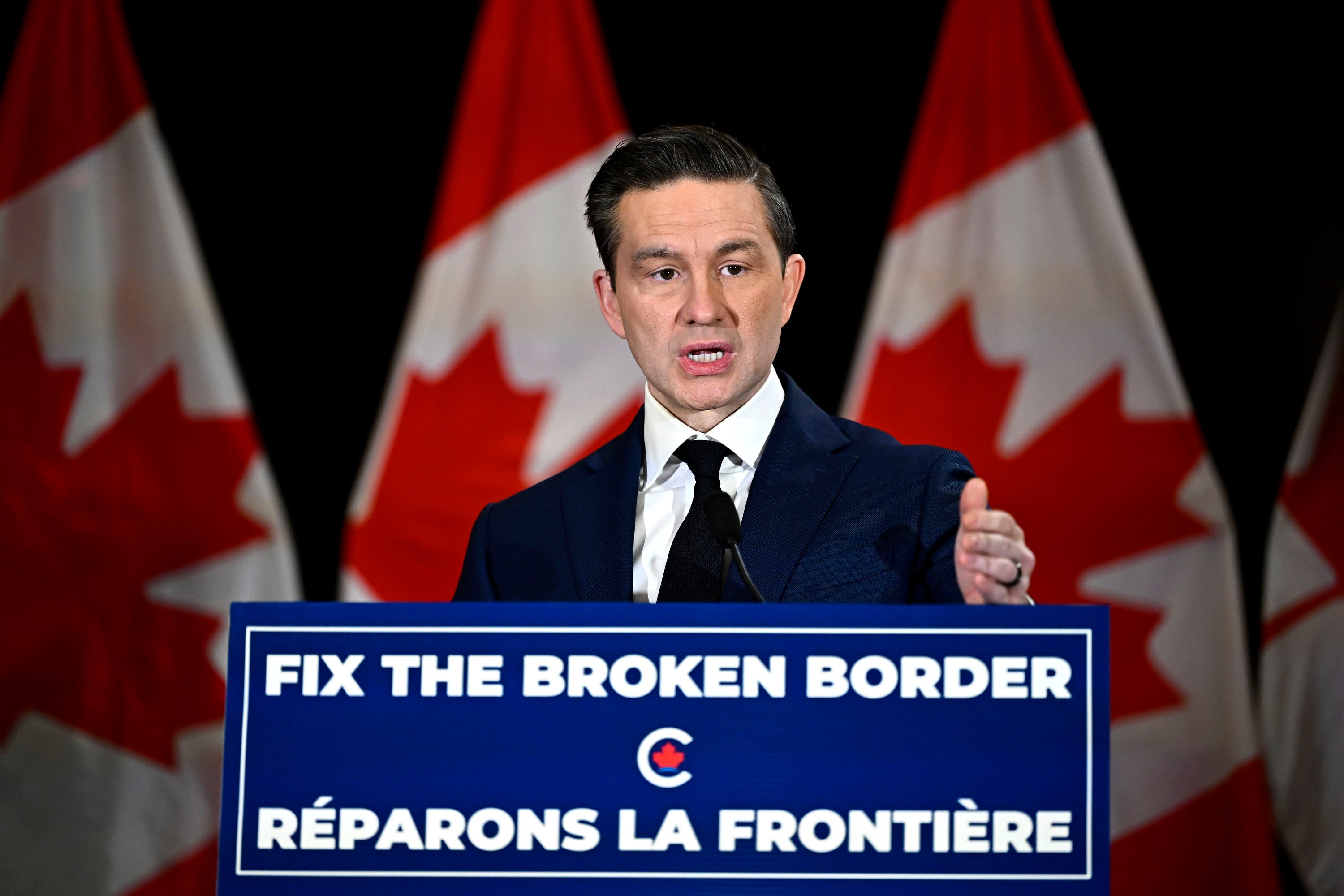
Perhaps surprisingly, given their similarities, Trump has personally distanced himself from Poilievre, recently telling Fox News host Laura Ingraham that he is “no friend of mine.”
Both Carney and Poilievre will seek to present themselves as the true agents of change, but to do that, both will need to break away from unwanted associations with unpopular figures casting long shadows over their candidacies.
Any suggestion that Carney bears too close a resemblance to Trudeau could count against him, while Poilievre risks being seen as too similar to Trump to meet the current mood.
What are the key issues?
Trump has completely changed the political mood in Canada over the last two months, meaning that fighting back against his tariff aggressions and rhetorical saber-rattling are now principal concerns.
“We have to convert our anger and our anxiety into action,” Poilievre has said. “We have to become strong, self-reliant and sovereign to stand up to the Americans.”
Ontario’s premier Doug Ford has perhaps shown the way by ordering the removal of American liquors from stores and threatening 25 percent tariffs on electricity supplied across the border to the states of Minnesota, Michigan, and New York.
Meanwhile, the domestic issues that ended Trudeau’s nearly decade-long reign in Ottawa remain unresolved and require addressing.
The inflated costs of groceries and housing led to widespread disillusionment with Carney’s predecessor, while concern over rising immigration and related social problems allowed Poilievre to build popular support.
The candidates will need to convince the Canadian public that they alone have a workable plan for taming Trump and returning their vast but underpopulated nation to economic growth and prosperity.
Elbows up, Canada.
